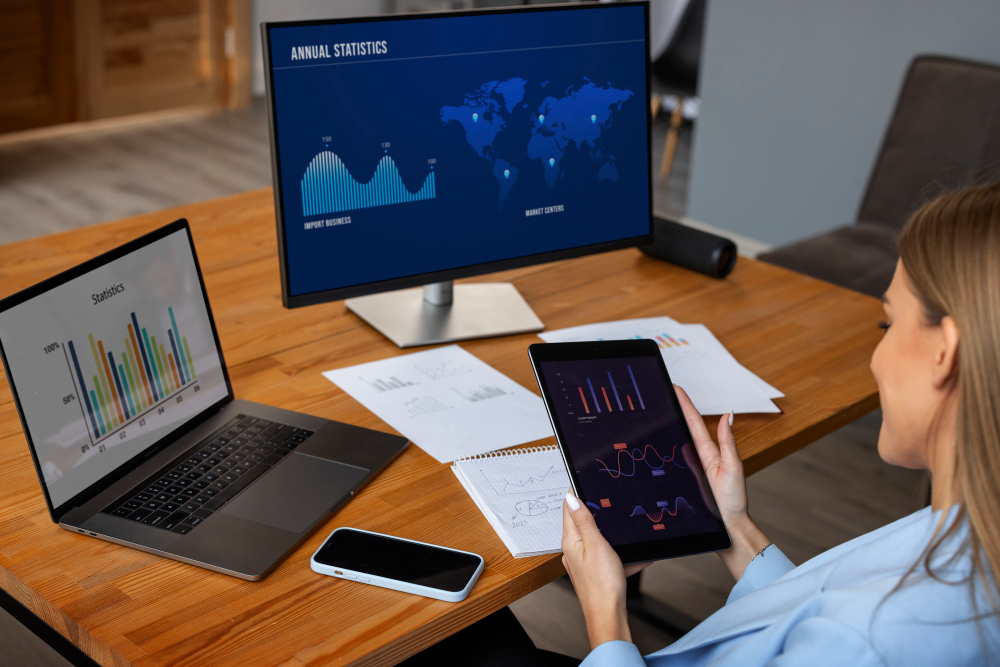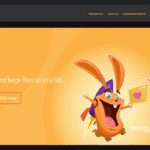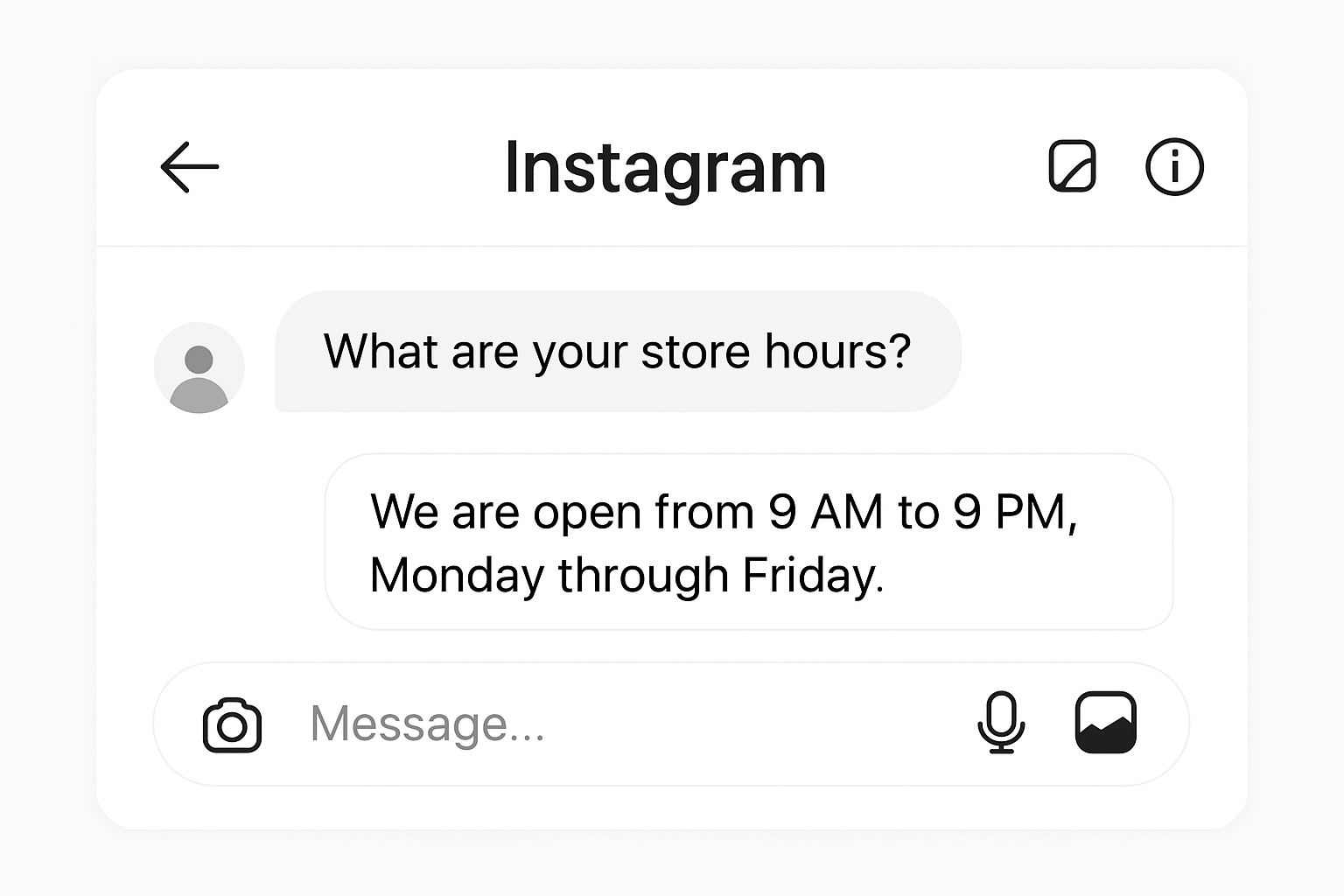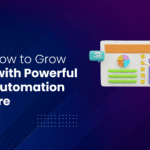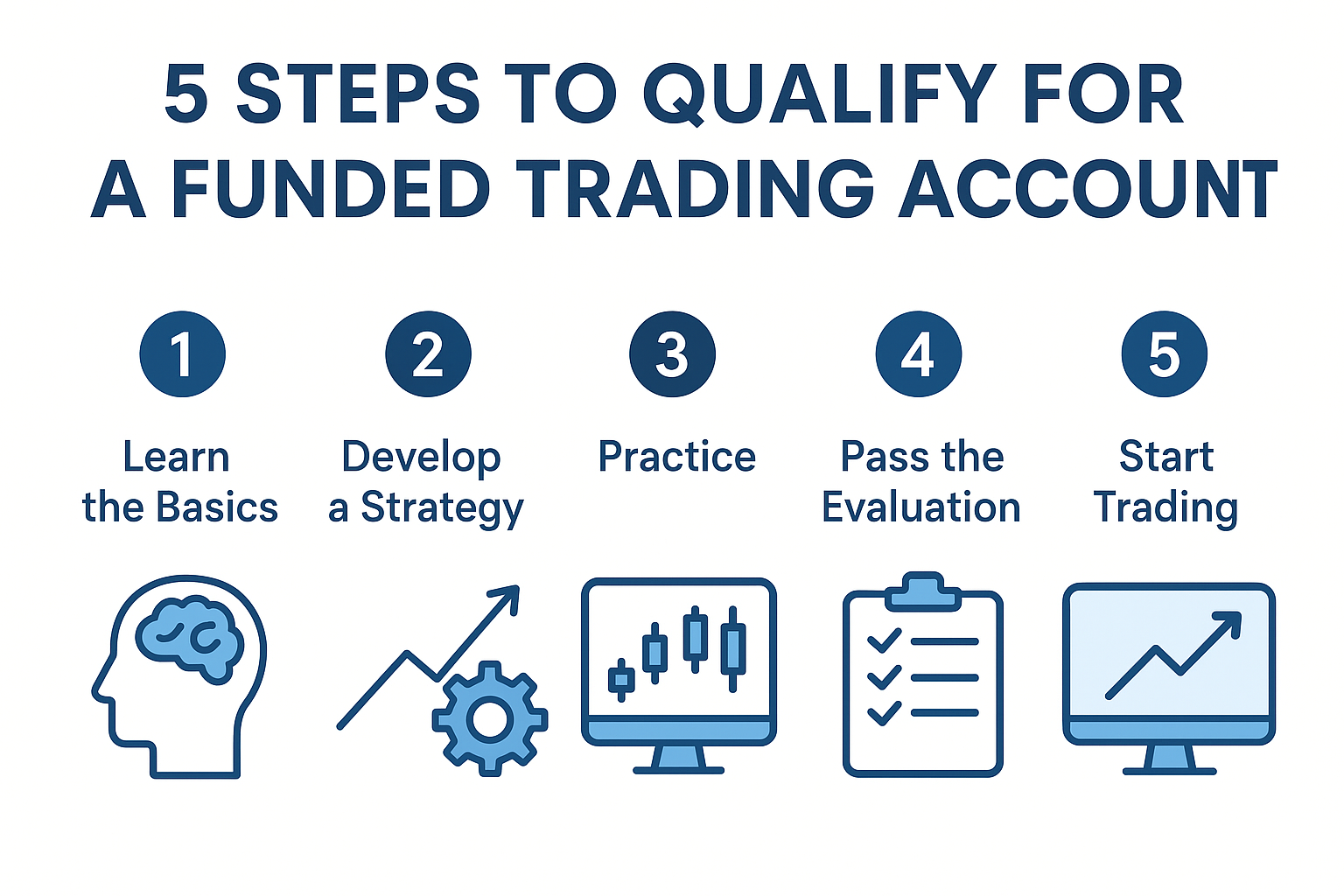7 Innovative Solutions to Explore the Advantages of Productivity Monitoring
- 1 7 Best Solutions to Explore the Advantages of Productivity Monitoring
- 1.1 1. AI-Powered Analytics Platforms
- 1.2 2. Wearable Technology Integration
- 1.3 3. Gamification of Workflows
- 1.4 4. Remote Work Optimization Tools: Empowering Distributed Teams
- 1.5 5. Augmented Reality (AR) Interfaces: Enhancing Task Efficiency and Accuracy
- 1.6 6. Blockchain-Enabled Accountability Systems: Ensuring Transparency and Trust
- 1.7 7. Predictive Analytics for Resource Allocation
- 2 Conclusion
Maximizing productivity is essential for maintaining a competitive edge and driving sustainable growth in today’s hypercompetitive business landscape. As organizations strive to optimize their operations, productivity monitoring has emerged as a critical tool for tracking performance, identifying inefficiencies, and fostering continuous improvement. However, traditional approaches often fail to address the complexities of modern workflows and dynamic work environments.
To address these challenges and capitalize on productivity monitoring’s advantages, businesses increasingly turn to innovative solutions that leverage cutting-edge technology and data-driven insights. This comprehensive exploration will delve into seven groundbreaking approaches that redefine productivity, paving the way for enhanced efficiency, agility, and success.
7 Best Solutions to Explore the Advantages of Productivity Monitoring

1. AI-Powered Analytics Platforms
Data is abundant in the digital age, but extracting meaningful insights from it can be daunting. AI-powered analytics platforms offer a solution by harnessing the power of artificial intelligence and machine learning to analyze vast datasets and uncover actionable insights. These platforms go beyond basic reporting by identifying patterns, trends, and correlations in productivity metrics, enabling organizations to make informed decisions and optimize their workflows effectively.
These platforms leverage AI algorithms to predict potential bottlenecks, forecast resource requirements, and recommend optimization strategies tailored to specific business objectives. Whether optimizing production schedules, improving supply chain efficiency, or enhancing employee performance, AI-powered analytics platforms provide a comprehensive view of productivity metrics, empowering organizations to drive continuous improvement and achieve their goals.
2. Wearable Technology Integration
Integrating wearable technology into productivity monitoring systems introduces a new dimension of real-time insights and employee engagement. Devices such as smartwatches, fitness trackers, and biometric sensors collect data on employee activity, including movement, heart rate, and sleep patterns. By aggregating this data, organizations can gain deeper insights into individual productivity patterns, identify improvement areas, and provide employees with personalized feedback and coaching.
Moreover, wearable technology fosters a culture of accountability and transparency by enabling employees to track their performance metrics and set personal goals. This empowers individuals to take ownership of their productivity and creates a sense of camaraderie and healthy competition among team members. By harnessing the power of wearable technology, organizations can create a more dynamic and agile workforce capable of adapting to changing business needs and driving sustainable growth.
3. Gamification of Workflows
Gamification is a powerful technique that leverages game design principles to make mundane tasks more engaging and rewarding. By incorporating gamified elements into productivity monitoring systems, organizations can motivate employees to achieve higher levels of performance and productivity. Leaderboards, badges, and rewards incentivize workers to complete tasks on time and more accurately, while employee tracking systems and feedback mechanisms provide continuous reinforcement and encouragement.
Moreover, gamification fosters collaboration and teamwork by encouraging employees to work together towards common goals. By creating a sense of achievement and recognition, gamified workflows enhance employee satisfaction and morale, leading to higher engagement and productivity. Whether completing sales targets, meeting project deadlines, or improving customer satisfaction scores, gamification can transform how organizations measure and incentivize productivity.
4. Remote Work Optimization Tools: Empowering Distributed Teams
The shift towards remote work has accelerated in recent years, driven by technological advancements and changing attitudes towards work-life balance. While remote work offers numerous benefits, such as flexibility and cost savings, it also presents unique challenges in team collaboration. Remote work optimization tools address these challenges by providing advanced tracking, communication, and collaboration features designed specifically for distributed teams.
From time-tracking applications and virtual project management platforms to video conferencing tools and collaborative document editing software, these tools enable remote teams to stay connected, organized, and productive regardless of geographical barriers. By providing real-time visibility into project progress, facilitating seamless communication, and fostering a sense of camaraderie among team members, remote work optimization tools empower organizations to reap the benefits of remote work while overcoming its inherent challenges.
5. Augmented Reality (AR) Interfaces: Enhancing Task Efficiency and Accuracy
Augmented reality (AR) technology overlays digital information onto the physical environment, creating immersive and interactive experiences that enhance task efficiency and accuracy. IAR interfaces monitoring employee productivity by providing real-time feedback, guidance, and training, enabling employees to perform tasks more effectively and with fewer errors.
For example, in manufacturing environments, AR glasses can provide assembly instructions, highlight potential safety hazards, and offer troubleshooting guidance, reducing the risk of errors and improving productivity. Similarly, in field service settings, AR applications can overlay equipment schematics, maintenance procedures, and diagnostic information onto technicians’ fields of view, enabling them to perform repairs more efficiently and confidently.
By harnessing AR technology’s power, organizations can streamline workflows, reduce training time, and improve task accuracy, ultimately leading to higher productivity and customer satisfaction.
6. Blockchain-Enabled Accountability Systems: Ensuring Transparency and Trust
Blockchain technology offers a decentralized and tamper-proof ledger that records and verifies transactions or task completions, ensuring transparency, integrity, and accountability. Bockchain-enabled systems provide a secure and auditable record of employee performance metrics, resource utilization, and task assignments, creating stakeholder trust.
By leveraging smart contracts and tokenized incentives, organizations can automate the enforcement of productivity standards and reward mechanisms, incentivizing employees to meet or exceed performance targets. Moreover, blockchain technology enables seamless collaboration and data sharing across organizational boundaries, facilitating trustless interactions and reducing the need for intermediaries.
From supply chain management and quality assurance to project management and performance evaluation, blockchain-enabled accountability systems offer a transparent and verifiable way to monitor productivity and ensure compliance with established standards.
7. Predictive Analytics for Resource Allocation
Predictive analytics algorithms analyze historical data to accurately forecast future resource requirements, enabling organizations to optimize resource allocation and planning. By leveraging machine learning algorithms and advanced statistical techniques, predictive analytics systems can identify patterns, trends, and correlations in productivity metrics. This enables organizations to anticipate demand fluctuations, identify potential bottlenecks, and allocate resources efficiently.
For example, in workforce management, predictive analytics can forecast staffing needs based on historical sales data, seasonal trends, and other relevant factors, enabling organizations to optimize scheduling and staffing levels to meet customer demand effectively. Similarly, in supply chain management, predictive analytics can forecast demand for raw materials, components, and finished goods, enabling organizations to optimize inventory levels, minimize stockouts, and reduce carrying costs.
By harnessing predictive analytics, organizations can gain a competitive edge by anticipating future needs and demands, optimizing resource allocation, and driving sustainable growth.
Conclusion
The advantages of productivity monitoring are undeniable, and innovative solutions are essential for unlocking its full potential. Whether leveraging AI-powered analytics platforms, integrating wearable technology, or gamifying workflows, organizations must embrace technology and data-driven insights to drive continuous improvement and achieve their goals. By exploring these seven innovative solutions, organizations can transform productivity from a reactive process to a proactive strategy that drives efficiency, agility, and success in today’s dynamic business environment.

